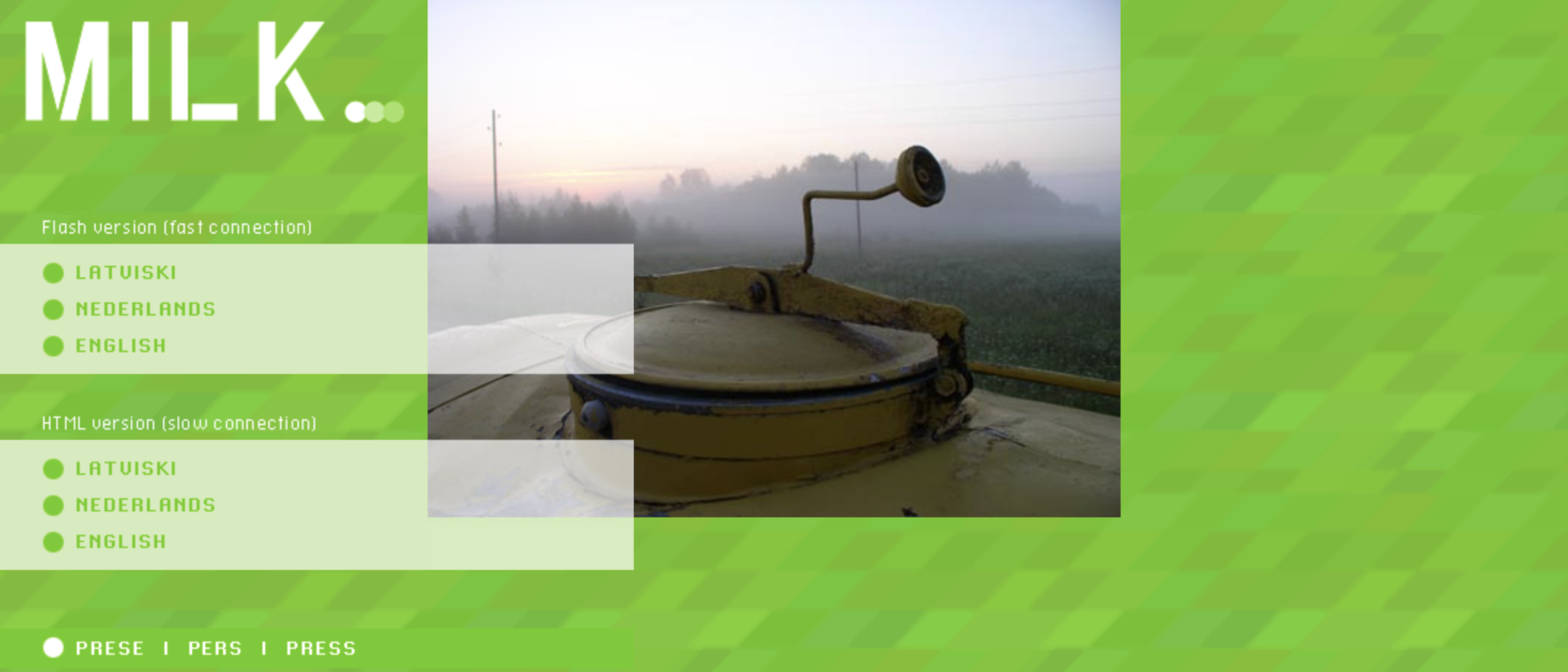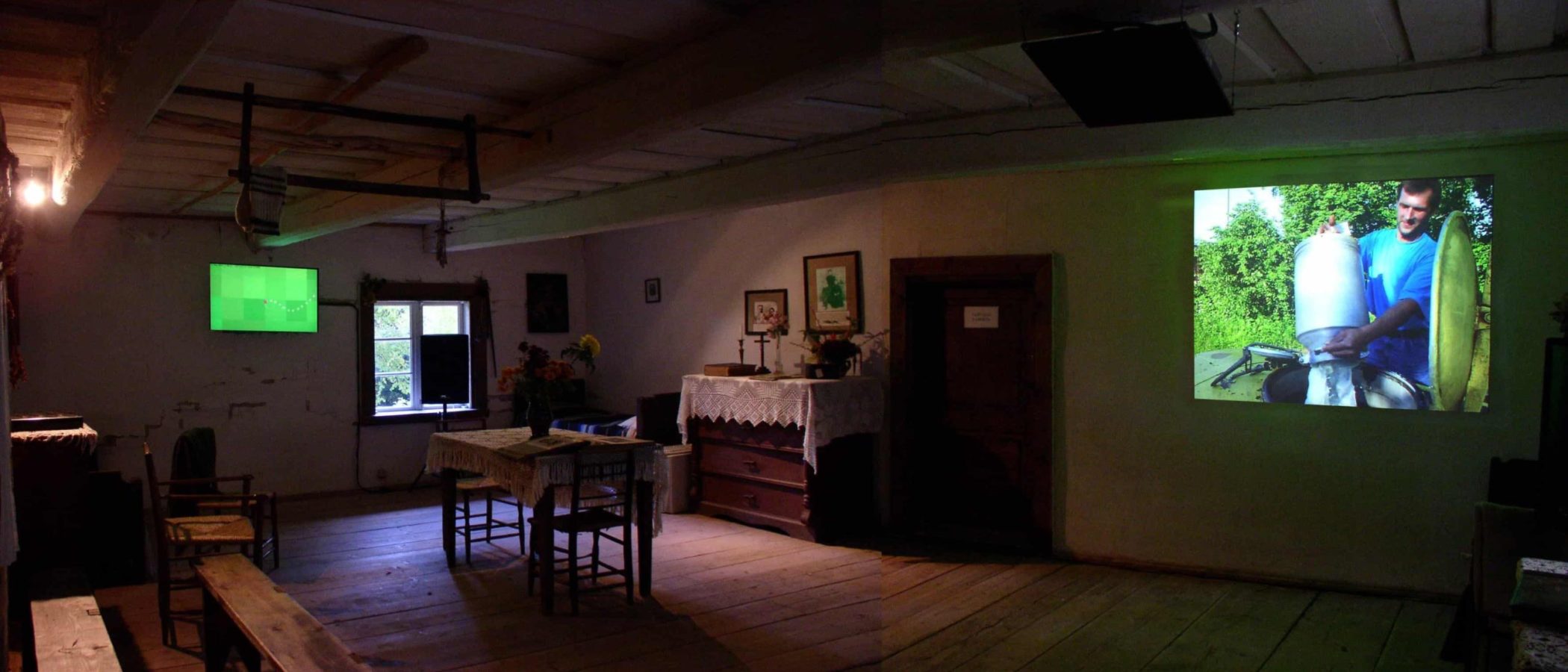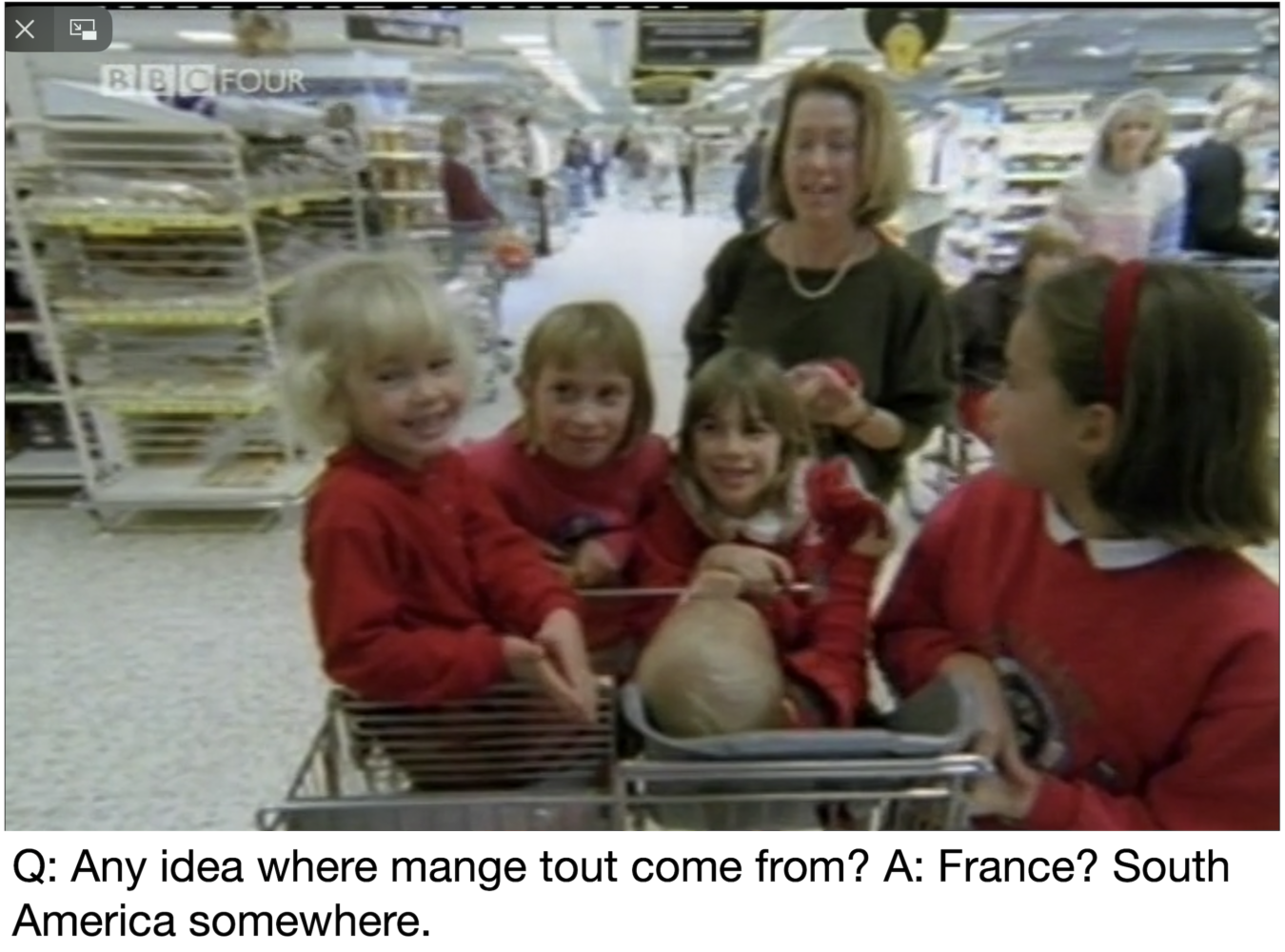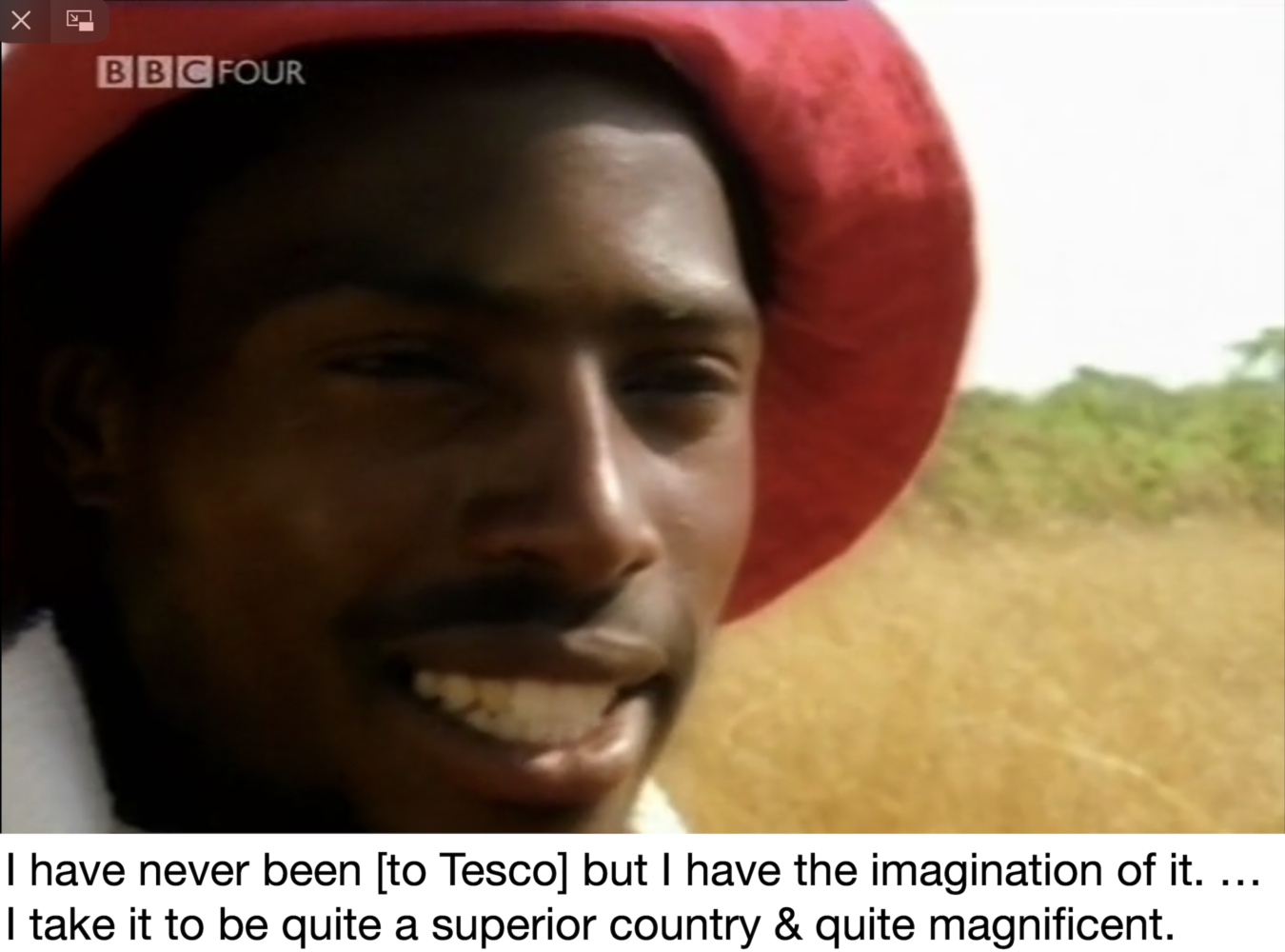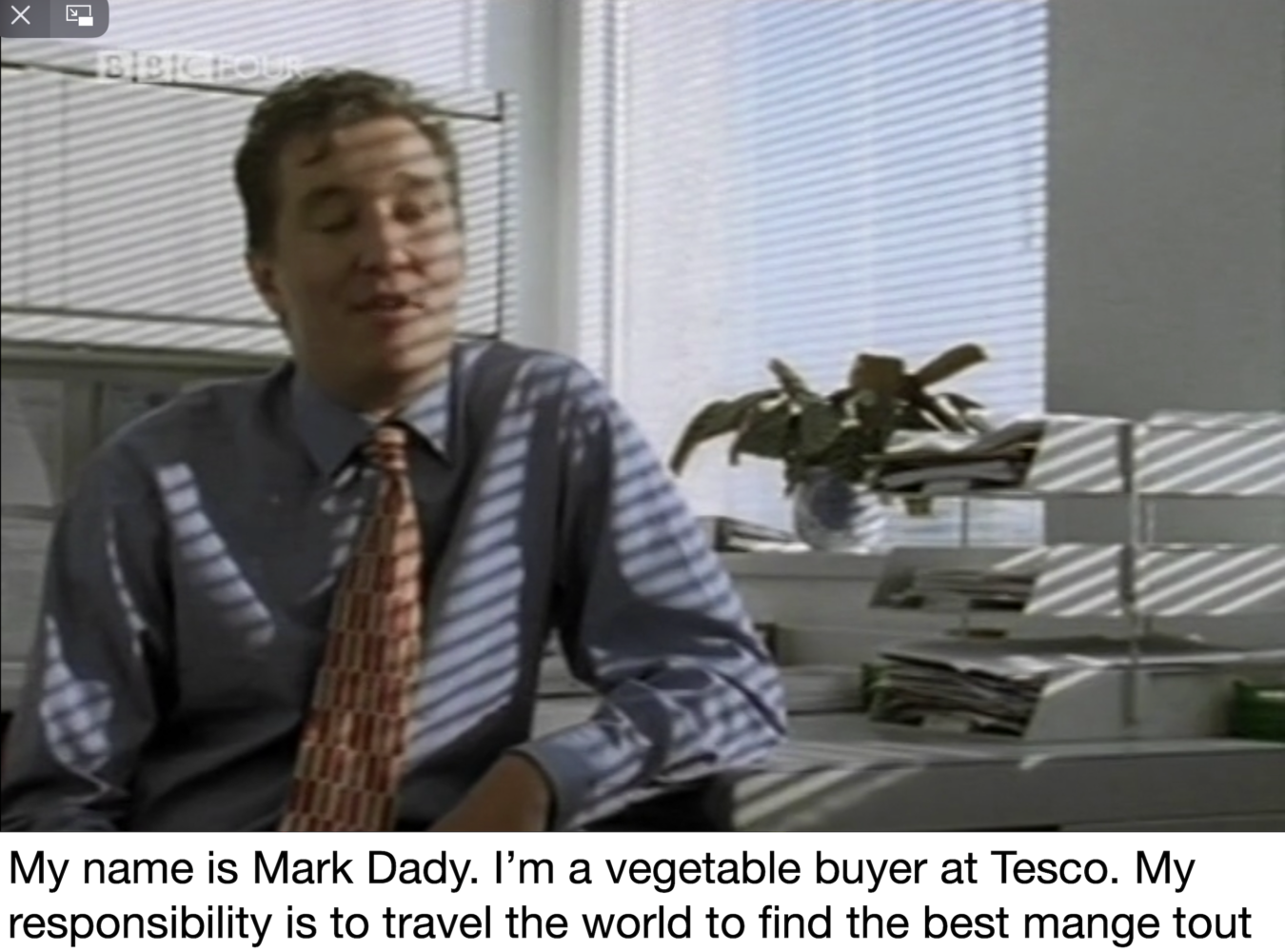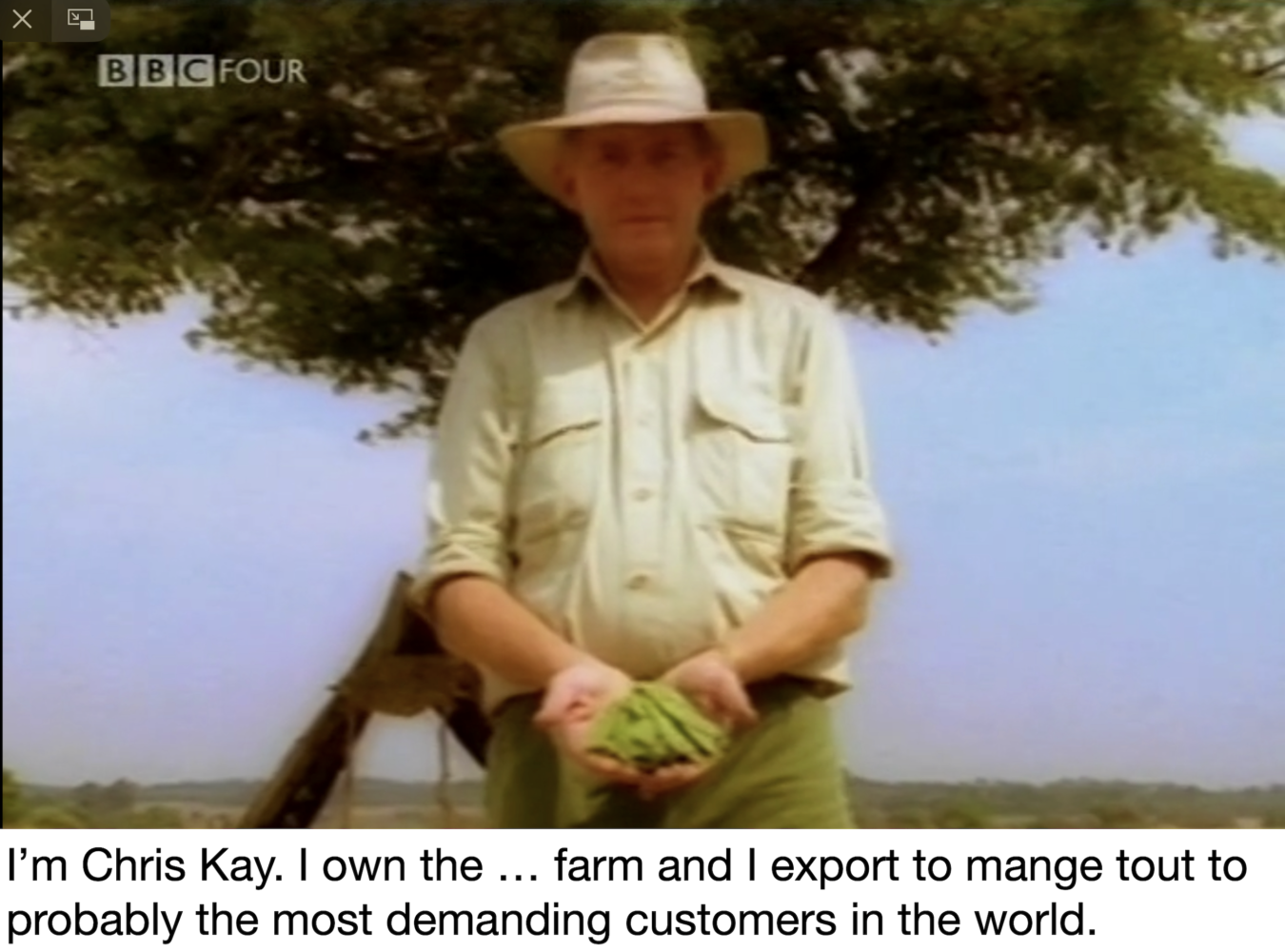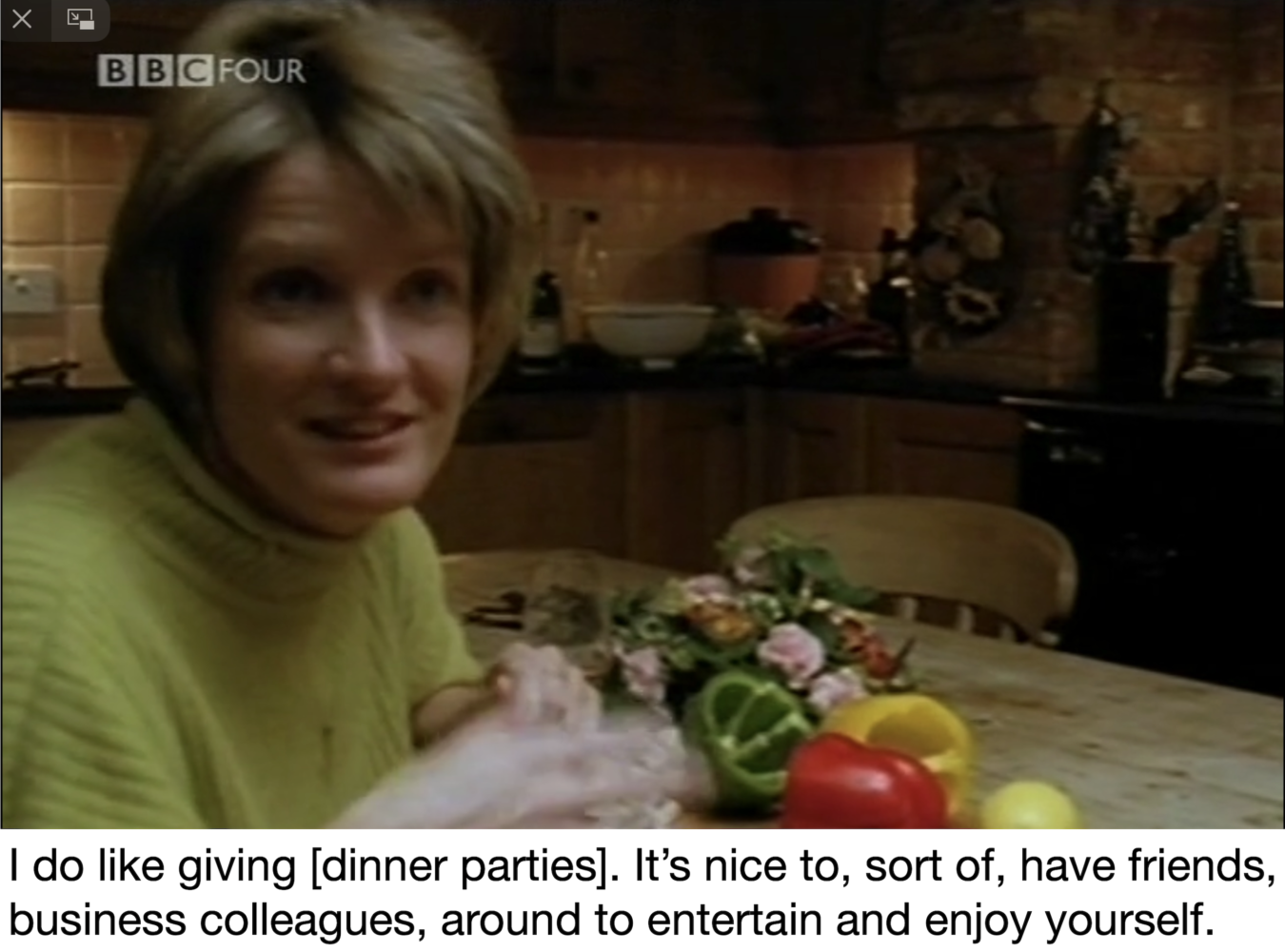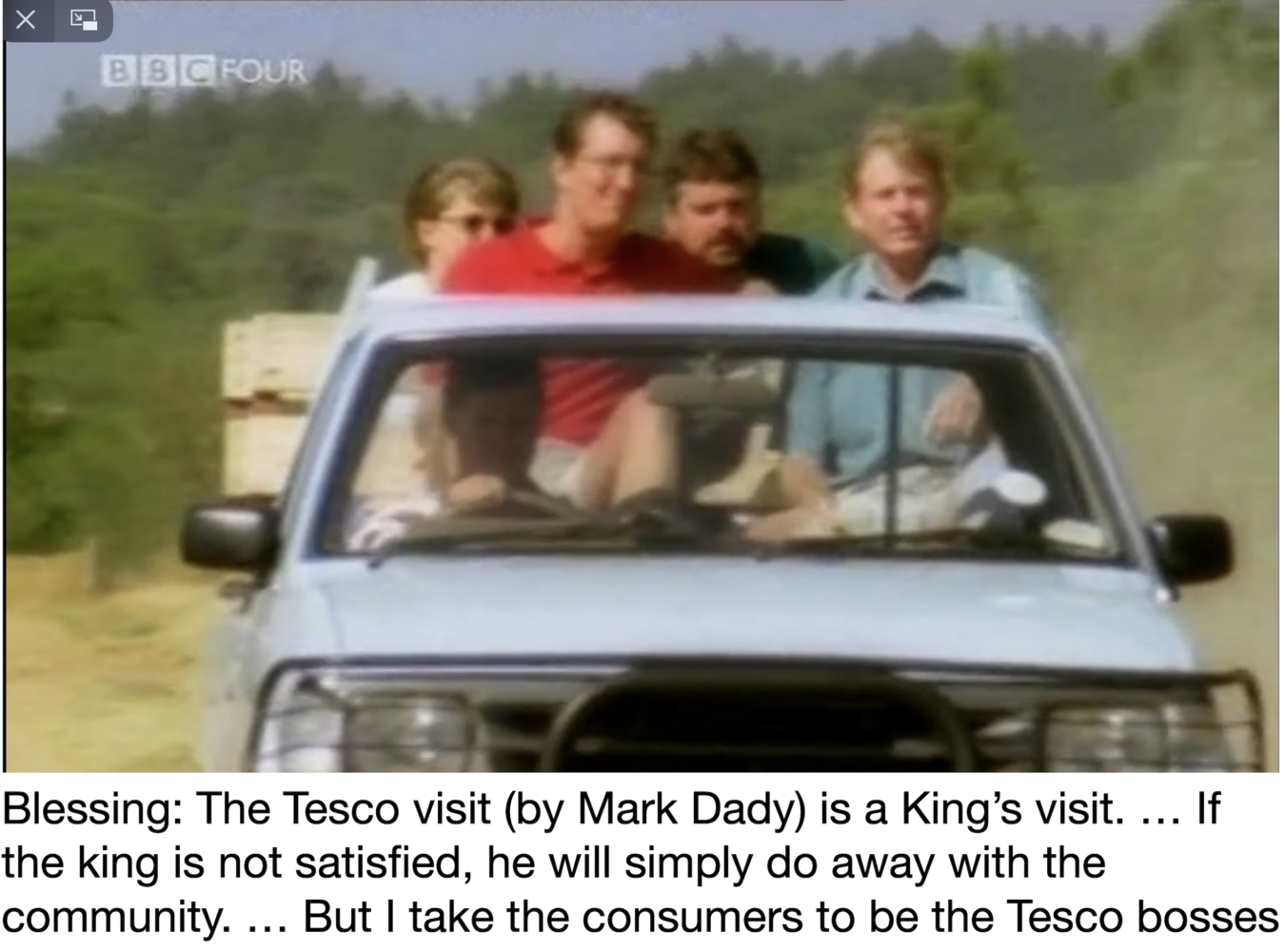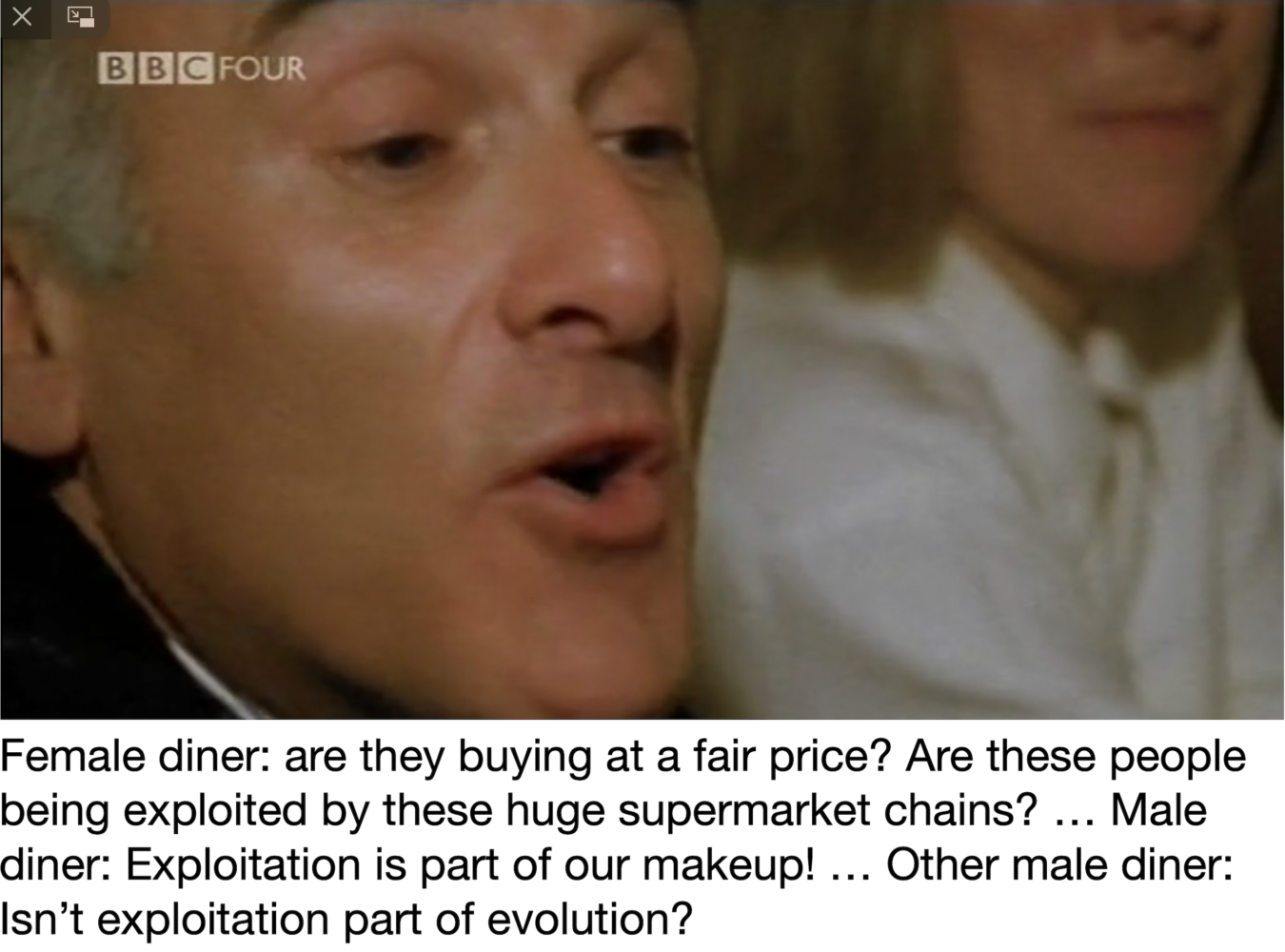
followthethings.com
Grocery
“Tangled Routes: Women, Work And Globalization On The Tomato Trail“
An academic book written by Deborah Barndt published by Rowman & Littlefield
2007 second edition Google Books preview embedded above. Search online to buy a copy here.
In 1994, preparing to do some undergraduate teaching, Environmental Studies professor Deborah Barndt finds a popular educational tool called A whirlwind tour of economic integration with your guide, Tomasita the tomato. She thinks this fictional tomato is the perfect etrée for her students’ understanding of cross-border trade – in this case from Mexico to Canada – and the often confusing complexities of globalisation – including messy relations between corporate power, genetically modified seeds, pesticides, stolen indigenous land, exploited peasant labour and environmental racism. What follows is a 5 year feminist participatory research project – called the Tomasita Project – which connects the lives of tomato growers, truckers, checkout workers and other supply chain workers living and working in Mexico and Canada. What she discovers and tries to convey is the clash between a ‘globalisation from above’ – the uniform, genetically-engineered, neoliberal, NAFTA-friendly tomato trade – and ‘globalisation from below’ – grass roots social justice projects working across borders and producing alternative foods. As Tomasita explained when Barndt first saw her story, the tomato is an iconic crop in the Americas. A brilliant one to follow, loading with meanings. It was native to South America, was first domesticated in Mexico, is central to the diets in Mexico, the USA and Canada, can be grown (at least seasonally) in all three countries, and was ‘one of the winners for Mexico in the NAFTA reshuffle’ (Barndt 2002a, p.82). What readers value the most is her book’s ‘feminist act’ that makes visible women workers in the global food system, and the way that it brings feminist theories into understandings of international trade. We researched this book early in its life (in 2011) and are keen to return to it to flesh out this page one day. This is an early, innovative, important and inspiring example of ‘follow the thing’ scholar-activism.
Page reference: Robert Conor Burke (2024) Tangled Routes: Women, Work And Globalization On The Tomato Trail. followthethings.com/tangled-routes-women-work-and-globalization-on-the-tomato-trail.shtml (last accessed <insert date here>)
Estimated reading time: 20 minutes.
Continue reading Tangled Routes: Women, Work And Globalization On The Tomato Trail ![]()


